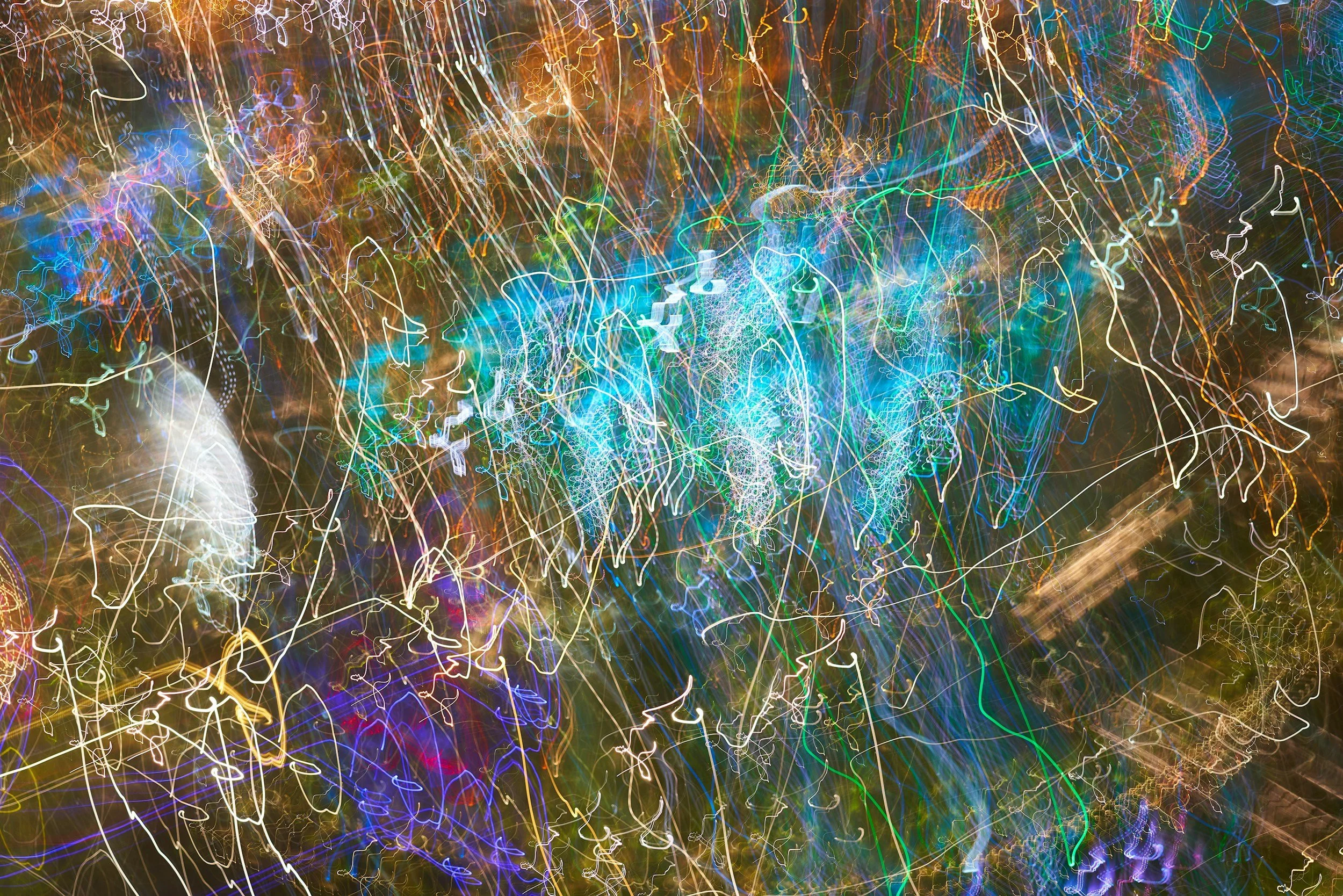You Are Not Your Thoughts Part 3: Ketamine Assisted Psychotherapy and the Default Mode Network (DVM)
In “You Are Not Your Thoughts Part 1 and Part 2,” I introduced the Acceptance and Commitment Therapy (ACT) concept of cognitive defusion and described how the brain’s Default Mode Network (DMN) can be characterized by rigid, repetitive, and negative beliefs—often seen in conditions such as depression, anxiety, and PTSD. In this blog, I’ll explore how psychedelics—specifically Ketamine-Assisted Psychotherapy (KAP)—can rapidly improve cognitive flexibility and therapeutic progress.
What is the Default Mode Network (DMN)?
The DMN is a network of brain regions active when we are not focused on the outside world—such as during daydreaming, self-reflection, or recalling past experiences. Often described as the seat of the biographical self, it is responsible for our ongoing, internal “narrative” of who we are.
In people with Major Depressive Disorder, the DMN shows patterns associated with depressive rumination—rigid, negative, and self-focused thinking (Hamilton et al., 2015). In other words, the DMN plays a central role in generating and maintaining the kinds of rigid beliefs that underlie many common therapeutic concerns.
Psychotherapies like Cognitive Behavioral Therapy (CBT) and ACT aim to address these patterns—CBT by modifying the content of thoughts, and ACT by loosening their grip and promoting greater cognitive flexibility. Techniques like cognitive defusion are designed to help individuals relate differently to their thoughts—seeing them as just thoughts, rather than truths.
Ketamine and the DMN
Ketamine is classified as a dissociative anesthetic, but at (sub)anesthetic doses, it produces neurobiological effects similar to those of classic psychedelics like psilocybin and LSD. These include reduced DMN activity and disrupted connectivity between its nodes. In effect, the brain’s usual self-referential loops are temporarily quieted.
In one study of ketamine for alcohol use disorder, participants described ego dissolution—a diminished sense of self-importance and separateness, often accompanied by feelings of unity and deep insight. These experiences were associated with “new perspectives on their lives” (Mollaahmetoglu et al., 2021).
Ketamine’s ability to disrupt the DMN and create a psychedelic-like state may explain its rapid and profound therapeutic effects. When paired with intentional integration work, changes in the narrative self can translate into long-lasting psychological benefits (Marguilho et al., 2022).
Ketamine Assisted Psychotherapy: A Synergistic Approach
Ketamine Assisted Psychotherapy (KAP) leverages the neuroplastic and consciousness-expanding properties of ketamine in conjunction with psychotherapy. As one qualitative study notes, ketamine “interacted positively with psychotherapy,” increasing participants’ willingness to engage and openness toward the therapeutic process (Mollaahmetoglu et al., 2021).
In my clinical work, I’ve found Acceptance and Commitment Therapy (ACT) to be an invaluable framework for both preparation and integration. Many clients come in with deeply entrenched, negative beliefs about themselves. ACT offers language and tools to hold these beliefs more lightly. When integrated with ketamine sessions, this approach can catalyze deep and accelerated healing.
Bringing It All Together
Cognitive rigidity and self-focused negative beliefs are at the core of much psychological suffering. The DMN plays a central role in maintaining these patterns. Ketamine disrupts this network, offering a window of neurobiological and psychological flexibility. By combining the psychedelic potential of ketamine with the evidence-based tools of ACT, we can support transformative therapeutic breakthroughs.
References:
Hamilton JP, Farmer M, Fogelman P, Gotlib IH. Depressive Rumination, the Default-Mode Network, and the Dark Matter of Clinical Neuroscience. Biol Psychiatry. 2015 Aug 15;78(4):224-30. doi: 10.1016/j.biopsych.2015.02.020. Epub 2015 Feb 24. PMID: 25861700; PMCID: PMC4524294.
Marguilho M, Figueiredo I, Castro-Rodrigues P. A unified model of ketamine’s dissociative and psychedelic properties. Journal of Psychopharmacology. 2022;37(1):14-32. doi:10.1177/02698811221140011
Mollaahmetoglu OM, Keeler J, Ashbullby KJ, et al. (2021) ‘“This is something that changed my life”: A qualitative study of patients’ experiences in a clinical trial of ketamine treatment for alcohol use disorders. Front Psychiatry 12: 695335

